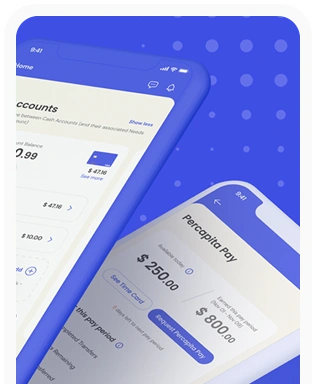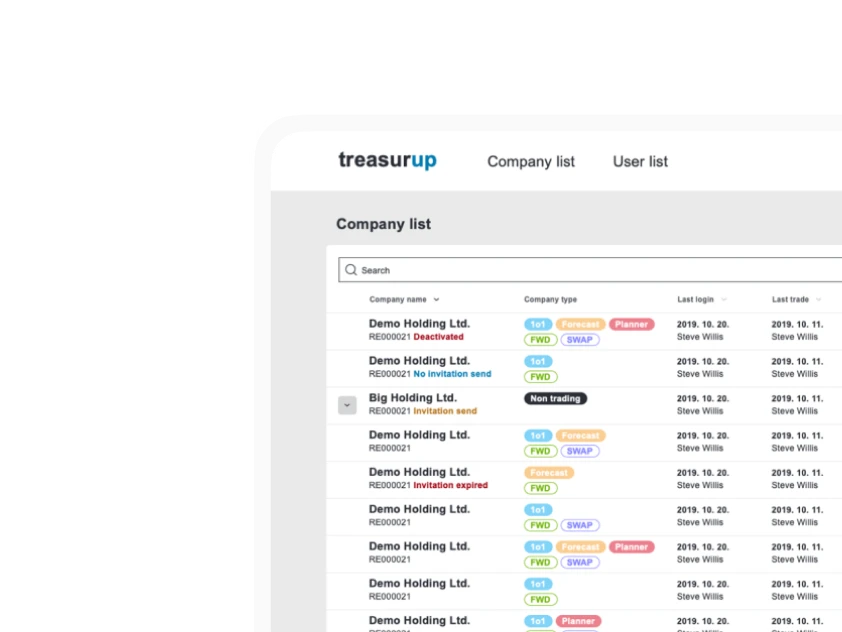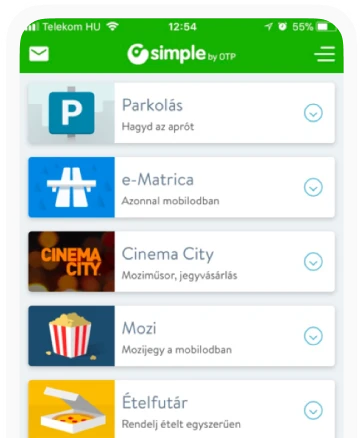4 Innovative FinTech Apps that Changed Digital Banking in Hungary
When the first microchips were created, no one assumed that the IT industry would invade the markets of almost every sector. The 21st century saw an acceleration of this trend with the advent of Fintech in addition to a number of other changes. The intertwining of the financial and technology industries is not merely a necessity in the era of constant efficiency improvements and cost cutting measures, but also a new opportunity to familiarize users with new convenience services never seen before.
Let’s be honest, laziness (or the pursuit of comfort, if you wish) is a serious motivational factor for most people. Companies involved in the Fintech industry have recognized this factor and are nowadays challenging the big players who are slow to react due to their locked-in market position. The Fintech segment, mostly perked up by startups, is trying to lure the users from the big and powerful players of the financial market.
Despite the delay, the traditional financial sector has recognized the importance of Fintech and started to catch up. So the most recent developments come not only from startup companies but also from the big and powerful players who want to prevent the loss of their users.
However this process does and will certainly have some victims as well. Despite the fact that financial markets will continue to grow in the magnitude of tens of billions, based on Citigroup’s forecast, it is possible that the number of jobs within the financial sector will decrease by as much as 30 percent over the coming years. Namely, most of the investments are spent not on creating new jobs, but on further developing, customizing and applying these booming technologies such as artificial intelligence, machine learning, deep learning, etc.
Millions of possibilities
One of the best known Fintech stories is the crypto currencies, in particular, such as Bitcoin. While behind every national currency there is always a country that values creating strength of which gives a certain level of safety in terms of the acceptance and use of the money, this trust comes from a very different place in case of the crypto currencies (which trust is far less stable than in the case of euros or dollars). The value and the capitalization of the Bitcoin, supported by an encryption process, distributed calculation capacity and anonymity, increased substantially in just a few years, and the exchange rate of just a few dollars cents climbed up to $4,000 by the middle of 2017.
It is clearly apparent that investing at the right time and at the right place can bring huge returns in just a couple of years. But most of the Fintech services have a more modest growth, their significance comes from the innovation they offer. Such as, for example, Koin, the financial application of MagNet Bank, which is able to track the user’s spending through mobile phone. This mobile application was developed based on the needs of the users for a simple and fast tracking and administration of their spending. No wonder the app received a rating of 4.5 in Google’s app store, Google Play, and was downloaded by more than 50,000 Hungarian users. With the help of this application the user can precisely know at all times how much they spent on what, making their spending more transparent. The application keeps track of their incomes and expenses and when connected to the banking system, it can do this automatically, without any manual intervention.

Another popular Fintech solution developed in Hungary is the Festipay Prepaid MasterCard which had its debut on last year’s Sziget Festival. An important feature of this payment card is that it can be used only up to the amount prepaid on the card, but can also be used for online purchases. OTP’s Simple application is also popular, planned and tested by Ergománia has been already downloaded by more than 250 ,000 users. This card can be used for buying parking tickets, motorway stickers and for ordering food, among other things. What is more, you can even digitalize your bank card with the help of this application, meaning that you can use your mobile device suitable for contactless mobile payment as a bank card. Simple app won the first prize of the most user-friendly fintech application. In its evaluation, the jury highlighted its practical features and simple usability. No wonder, since a clearly understandable, user-friendly interface meeting users’ expectations is especially important for newly introduced applications.
It is true for every interface, but especially for these, that the interface must be well adapted to the users’ conscious and unconscious expectations and mental models. Applications of these types cannot be developed without preliminary research and constant testing throughout the development stage. If these aspects are neglected, bugs are bound to occur after its release and parts of the development must be restarted from scratch. Or worse, the existing application must be patched again and again.

Ergomania tested the application based on user statistics. The figures show that the parking and food ordering were the most frequently used functions, therefore the research mainly focused on these. Thereafter the almost finished application was once again tested with the previous and new users.
Another innovation for debit cards was CashCard by Peak. CashCard provides bank independent card service with which transactional expenses can be significantly reduced. Moreover, we are allowed to top up our card simply online. Ordering a CashCard is a simple process which can be done purely online. One (and from the user’s point of view probably the most important) part of the website’s design concepts was to create a view of information about the expenses accompanied by using the service. All expenses are grouped by activity type and by plan separately.

Unlike the common way of banks, here, all expense components that are accompanied with card usage are listed separately, without exception. This means that there are no hidden fees, everything is transparent, so potential customers can make sure that they will have to pay not even one penny more than the price written on the webpage. As a consequence, people are not only able to have a quick overview of the site’s content but this kind of behaviour also builds trust in the user and make them feel secure.
Labeling is also worth mentioning. As most of us have the experience with legal texts, financial field also has its technical vocabulary which ordinary people can’t comprehend. Using lingo which is only understood by the ones who apply it every day, in a website for ordinary people makes navigation extremely difficult, increases the cognitive load and hinder users from using the service in general. Besides, easy and quickly fillable forms, easy top-up and the well organized, clean interface in general have a good impact on excellent user experience.
One more relevant issue was the registration process. It was created to make the process efficient and quick since registration is always an additional hurdle for users and thus the faster it is the better. This was achieved by using a simple and clear language which minimised all the misunderstandings by applying additional explanatory lines, where it was necessary.

To sum up, we can say that FinTech applications, beside providing an alternative to traditional bank solutions, also urge users to innovate and this tension between the two actors on the market ensures constant improvement in the field.
Dr. Csilla Herendy and Anna Régeni are the other contributors of this article.









